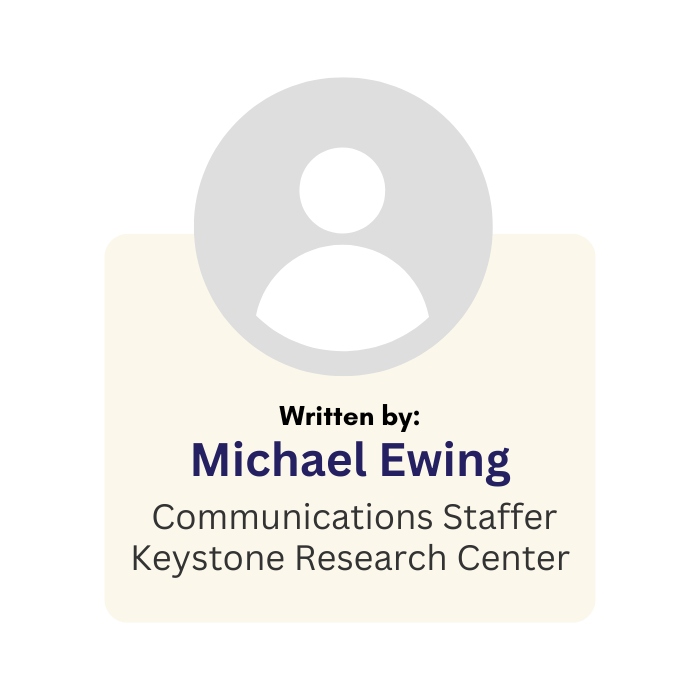July 18, 2025

In Ohio, a quiet industrial revolution is brewing. From the Ohio River to the shores of Lake Erie new manufacturing facilities for batteries and electric vehicles are being built, and solar arrays are sprawling. This is all part of a broader economic renaissance reshaping the State’s industrial and energy landscape. Through strategic federal investments in clean energy and manufacturing, Ohio is witnessing the creation of thousands of jobs while positioning itself at the forefront of tomorrow’s clean energy economy. The shift isn’t just about environmental progress – it’s about building a stronger, more resilient economic future for Ohio’s workers and families.
Where the work is happening
At the heart of this transformation is Cleveland-Cliffs’ Middletown Works, where a $500 million federal fund has the potential to propel this landmark steel plant to the 21st century. Supported by the federal investment, Cleveland-Cliffs would spend $1.3 billion of its own money to replace an old blast furnace with cutting-edge technology helping to cut cost and emissions in the steelmaking process. This upgrade would retain 2,500 manufacturing jobs (many of which are union), create 170 permanent jobs, and result in 1,200 building trade jobs during peak construction. And Middletown Works wouldn’t just create jobs – projects like this cultivate careers. During the project, Cleveland-Cliffs plans to engage community and labor stakeholders, and to provide on-the-job training through paid apprenticeships for local residents. The project at Middletown Works would ensure the future of the plant as a state-of-the-art steelmaker; however, recent media reports revealed that its federal funding is on the DOGE chopping block. The stated goal of the Trump administration is to strengthen U.S. manufacturing. Private-public investments like the Middletown Works project are what makes this vision a reality, and cutting it will harm the community and U.S. manufacturing at large.
Indeed, a new study, “If You Fund It, They Will Come,” recently released by ReImagine Appalachia and the Keystone Research Center, shows how wide-reaching these investments already have been. Between 2022 and 2024, after the Inflation Reduction Act (IRA) and the Infrastructure Investment and Jobs Act (IIJA) were in place, $18 billion in clean energy investments have come to Ohio, the majority of which were private dollars, spurred by public investments. These investments are bridging political divides. Since early 2022, communities in both Democratic and Republican congressional districts have attracted substantial clean energy investments, demonstrating that economic progress can unite rather than divide.
Ohio’s success story of the last two years is rooted in its ability to leverage its rich industrial heritage for clean energy innovation. Investment patterns show a remarkable balance between urban and rural communities, with particular momentum in regions traditionally dependent on conventional energy production. This equitable distribution ensures that the clean energy transition lifts all communities, leaving no one behind.
Development with community benefits
The transformation runs deeper than economic metrics. In communities across the state, new manufacturing facilities are becoming hubs of innovation, fostering vital connections between industry and education. Furthermore, these investments create ripple effects throughout local economies, strengthening everything from small businesses to community institutions.
To sustain this momentum, we must continue supporting federal programs like the IRA clean energy tax credits and the CHIPS and Science Act which strengthens our national security through investments in semiconductor production. These programs enjoy bipartisan support and aren’t mere policy initiatives – they’re investments in Ohio’s future as a clean energy manufacturing powerhouse and they are a significant driver of private investment in our region. Taking away these funds will choke the gains of the last two years and threaten a U.S. industrial renaissance in the 21st century.

